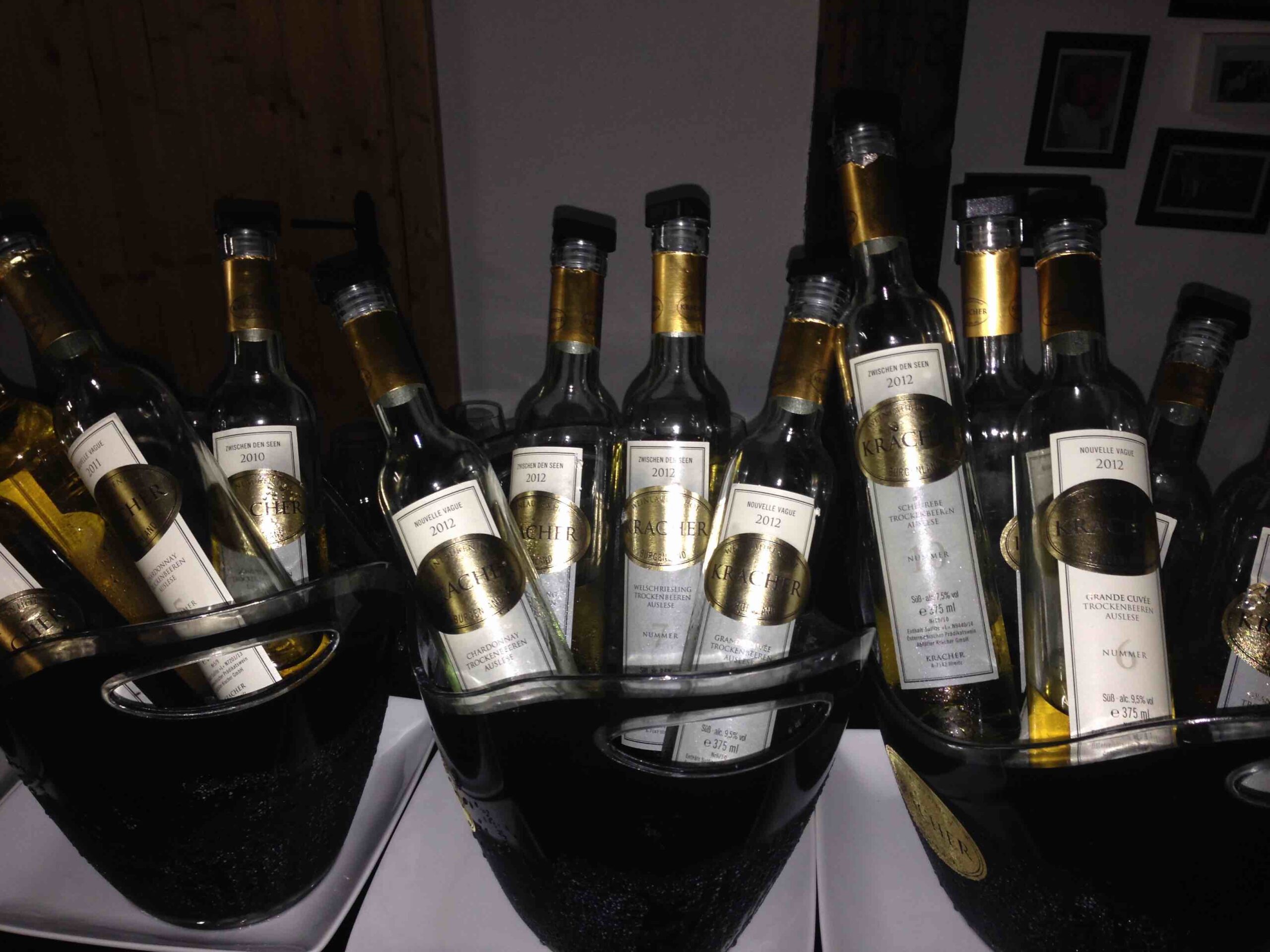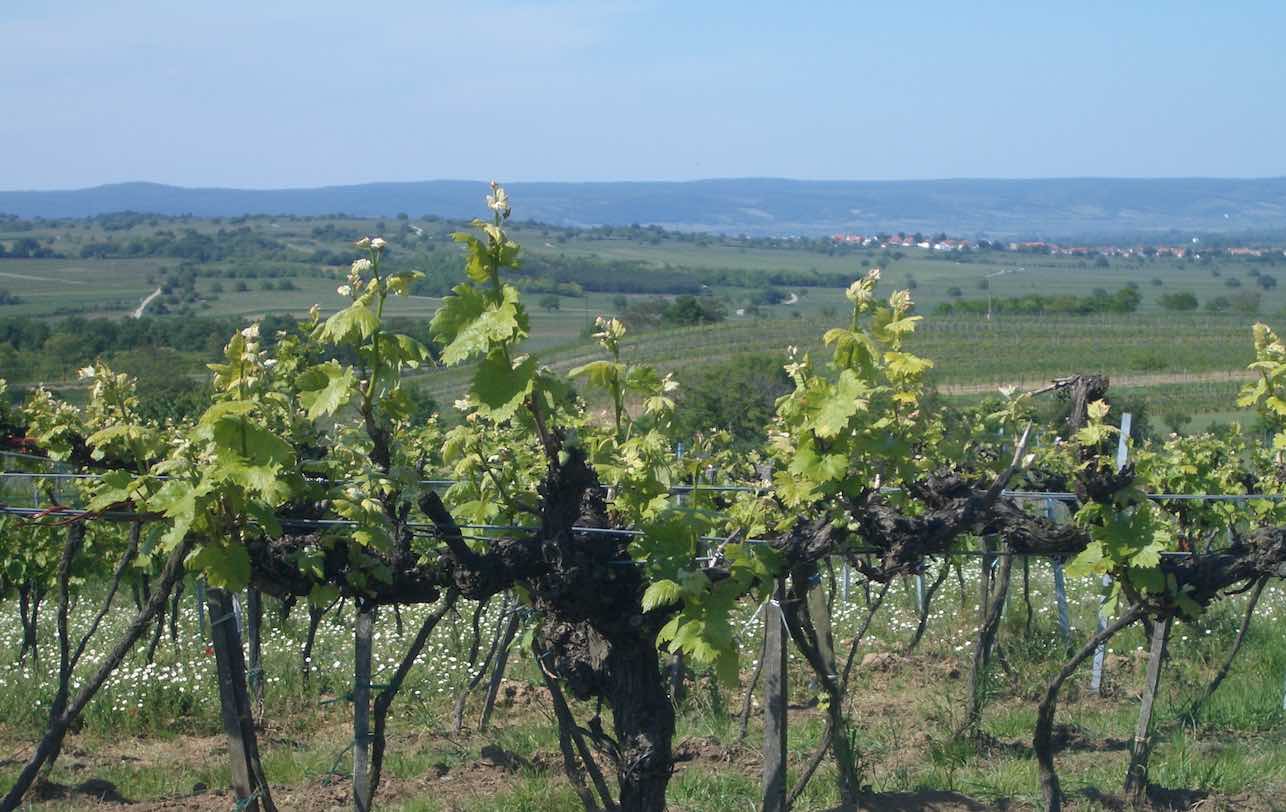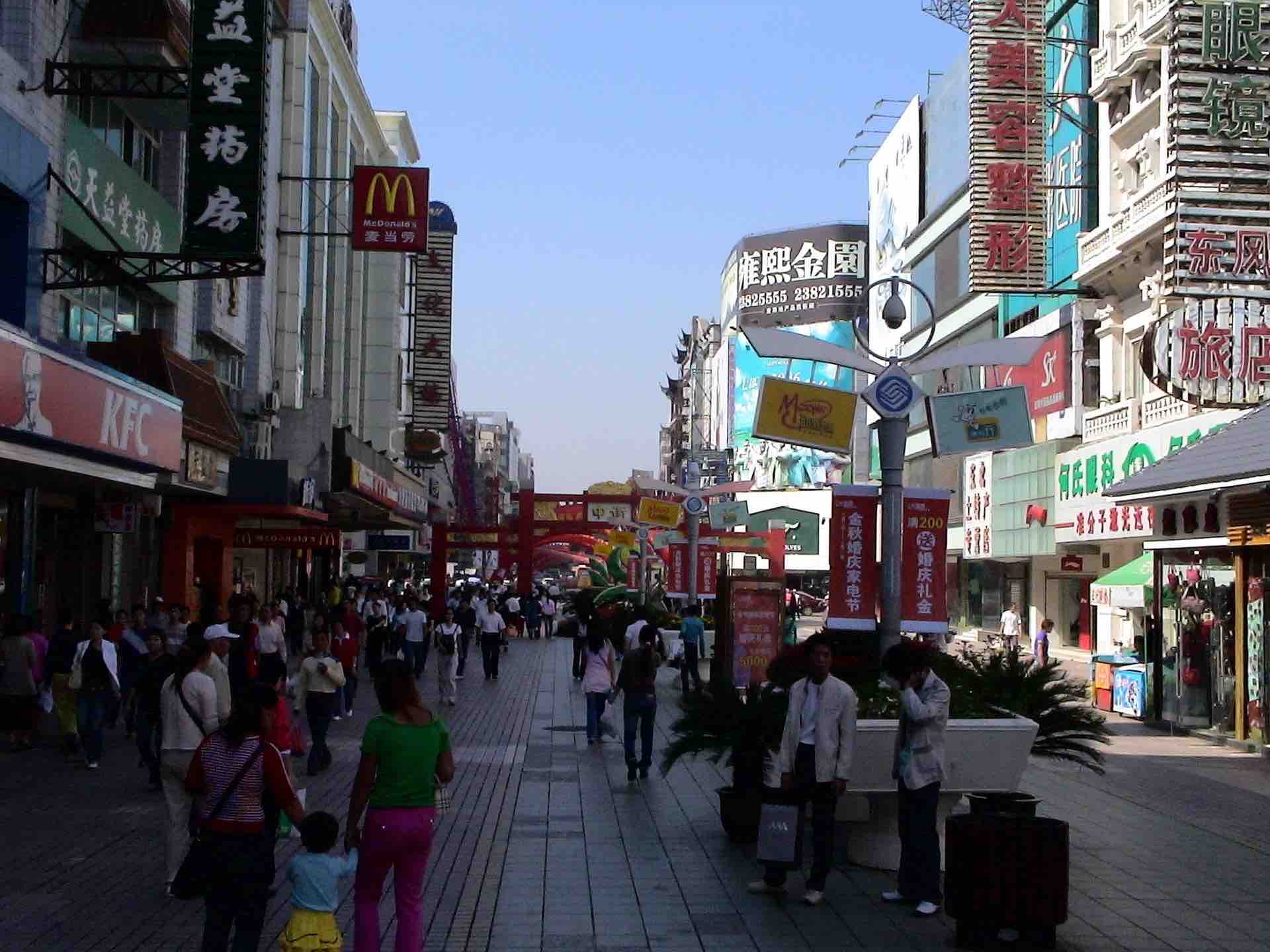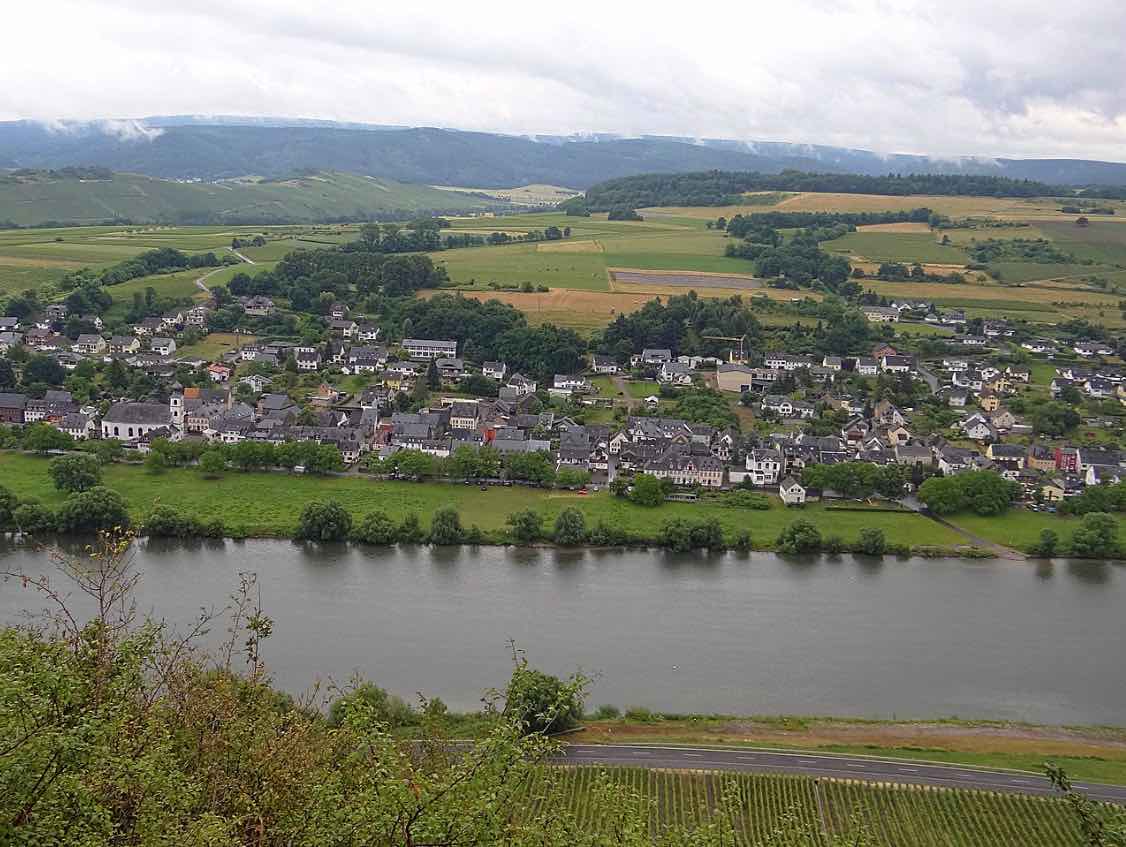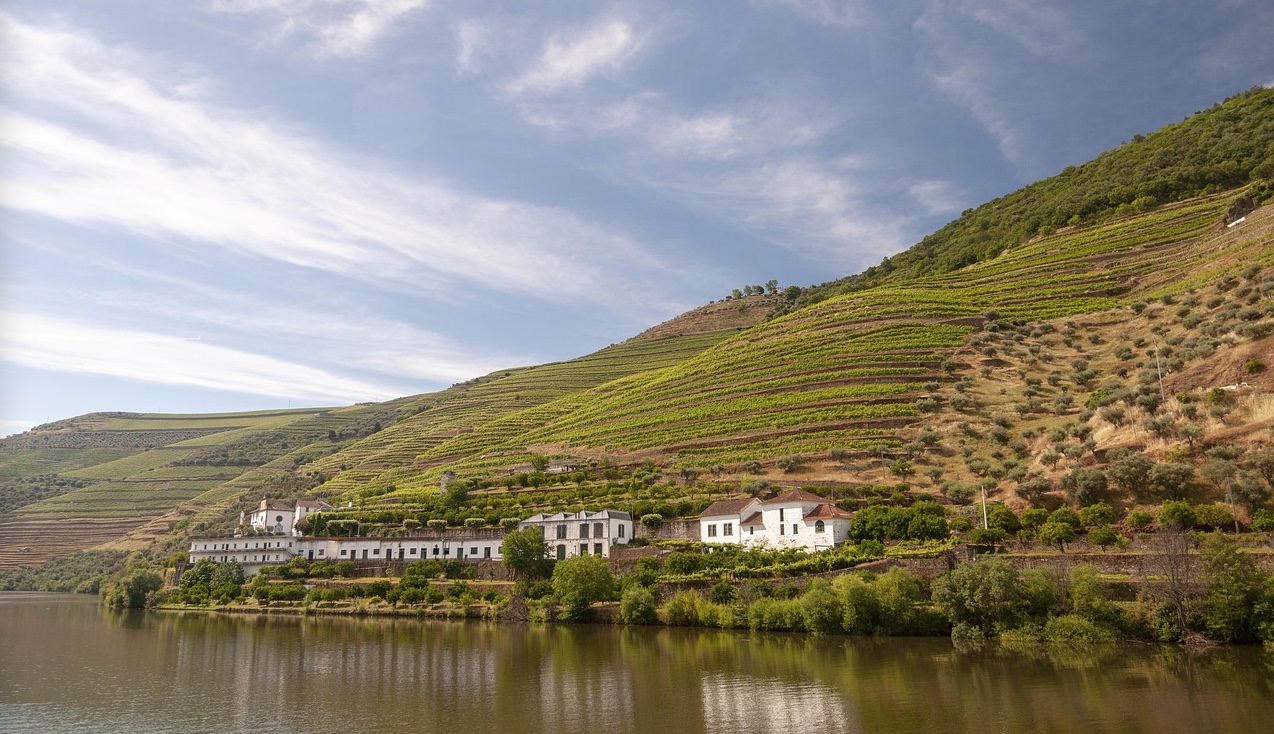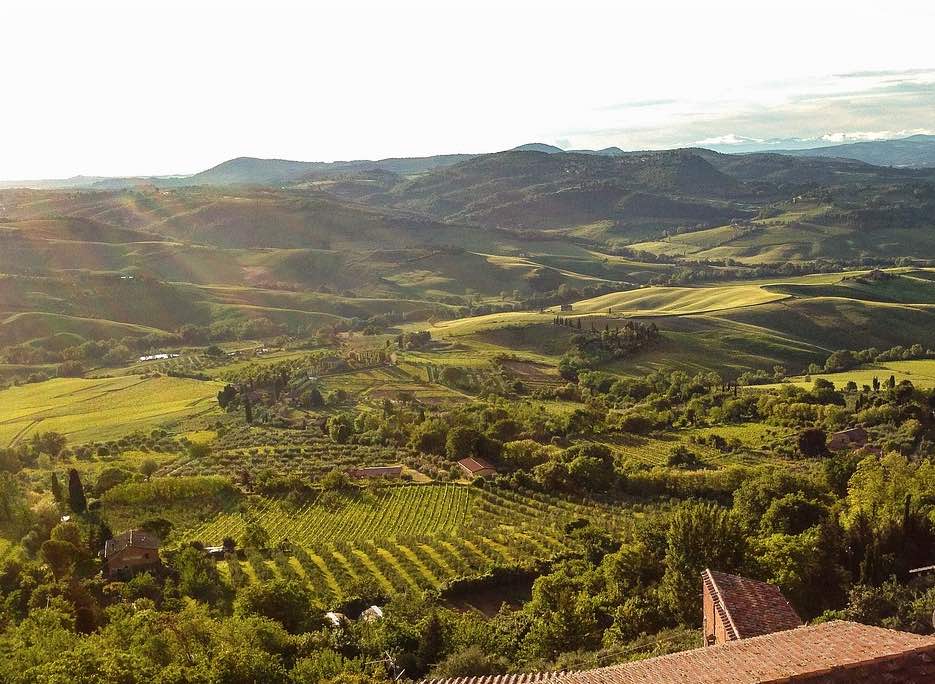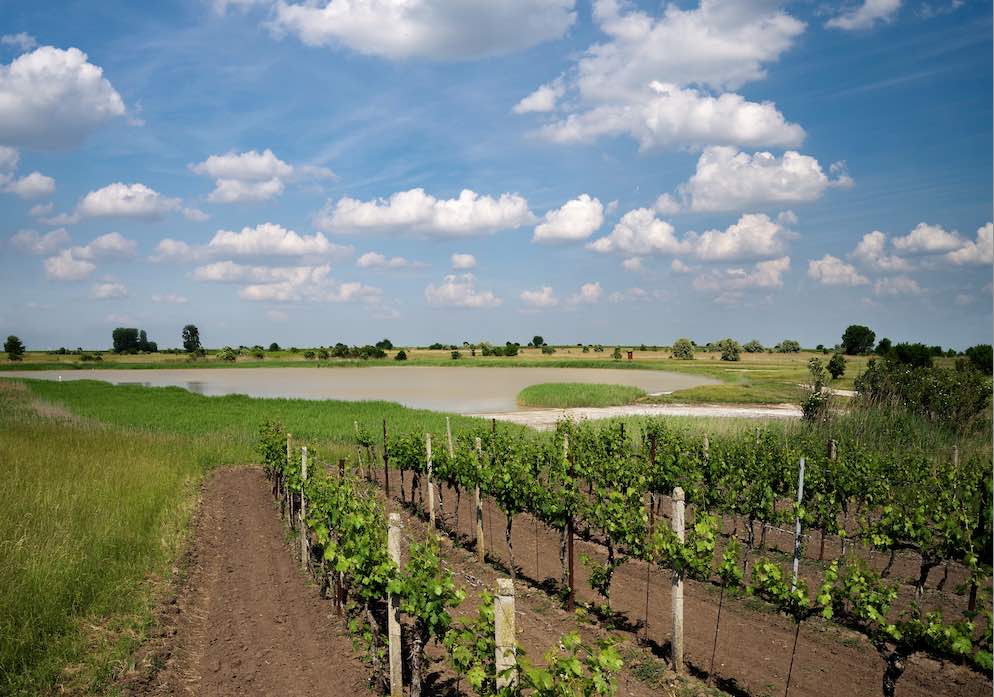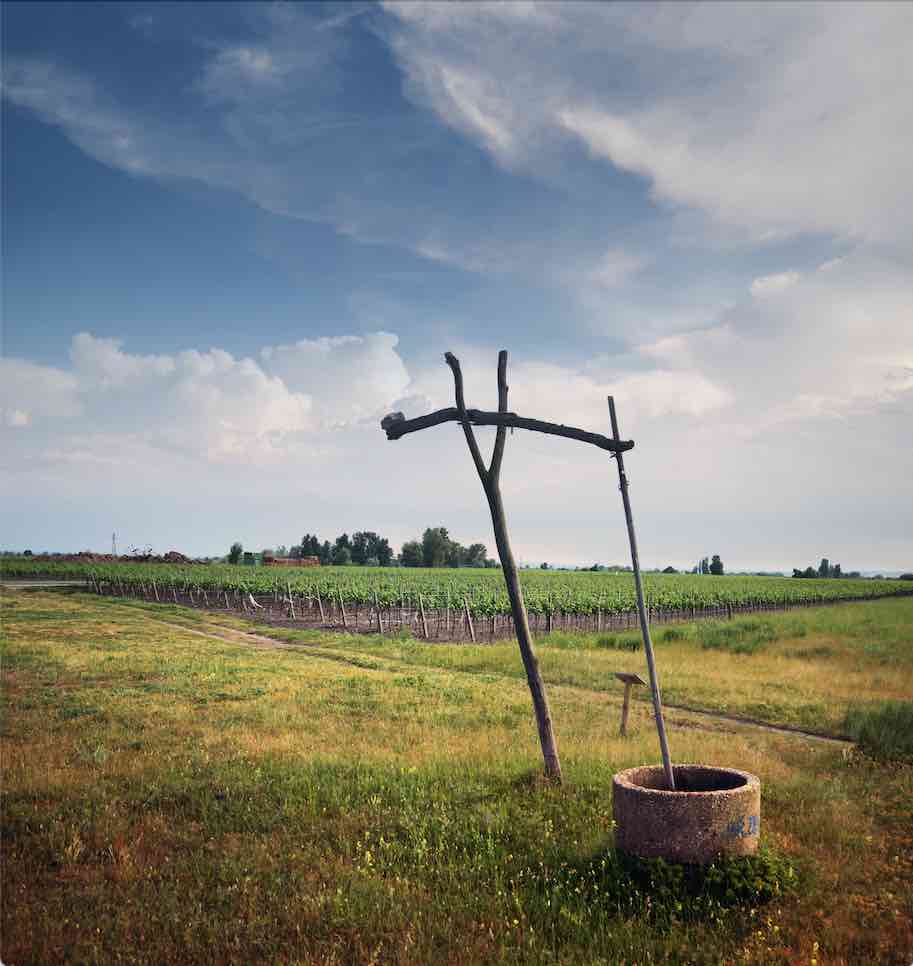
The Seewinkel, originally the area east of Lake Neusiedl in the area of the towns of Podersdorf, Apetlon and Illmitz, is known worldwide for its noble sweet wines. The indication of the narrower origin “Seewinkel” for noble sweet Neusiedlersee DAC Reserve is only permitted if the grapes come from the communities of Apetlon, Illmitz and/or Podersdorf.
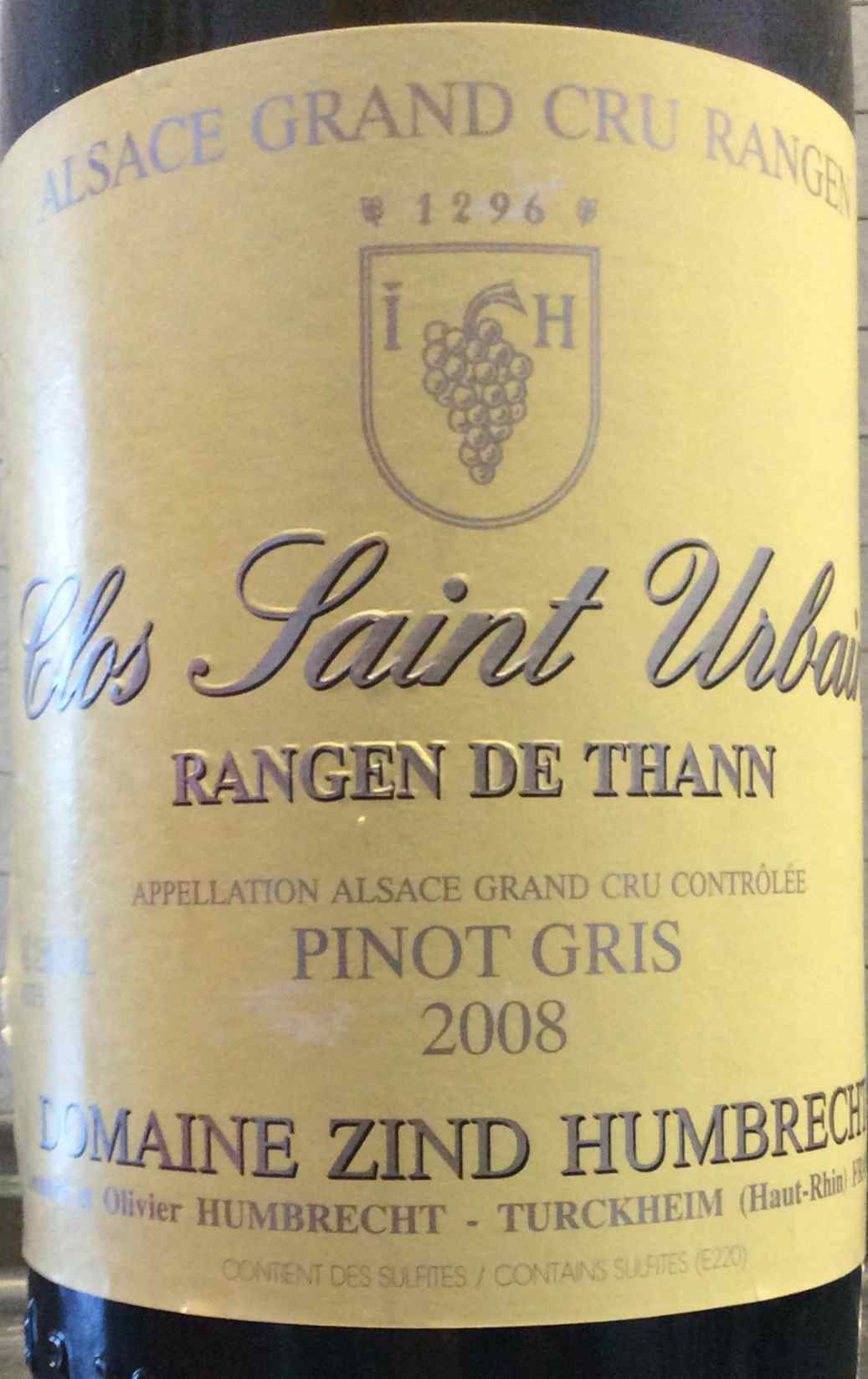 The most famous vineyard in Alsace is probably the Rangen de Thann Grand Cru, located in the south of Alsace. This Grand Cru is located near the town of Thann and has an average gradient of 60%. It lies at heihgts of 340 to 460 m and at its foot the River Thur provides the necessary moisture to support botrytis in autumn. Summers are warm and rainfall is low – 750 mm per year, which yet is more than the average of 500 mm in Alsace.
The most famous vineyard in Alsace is probably the Rangen de Thann Grand Cru, located in the south of Alsace. This Grand Cru is located near the town of Thann and has an average gradient of 60%. It lies at heihgts of 340 to 460 m and at its foot the River Thur provides the necessary moisture to support botrytis in autumn. Summers are warm and rainfall is low – 750 mm per year, which yet is more than the average of 500 mm in Alsace.